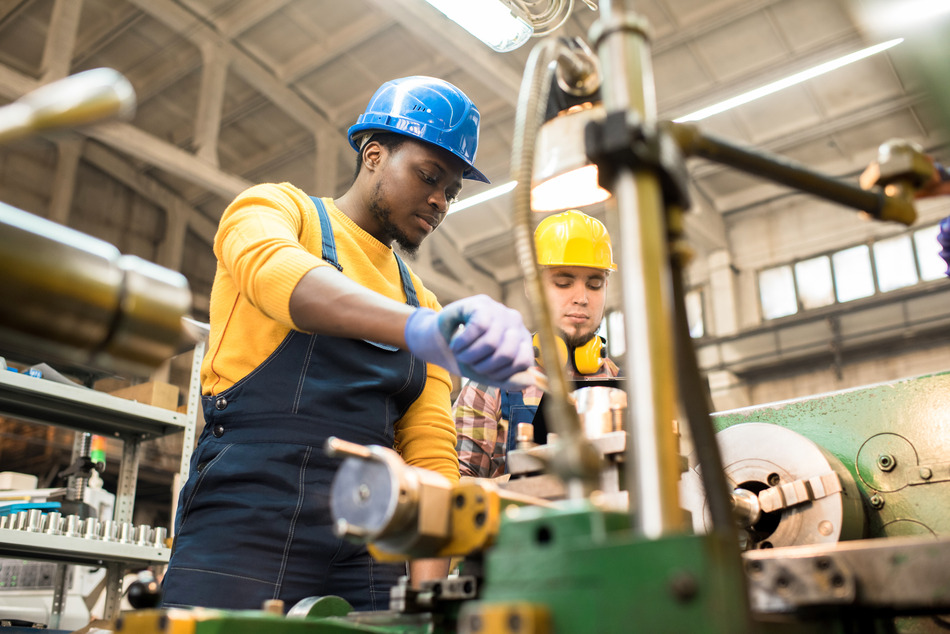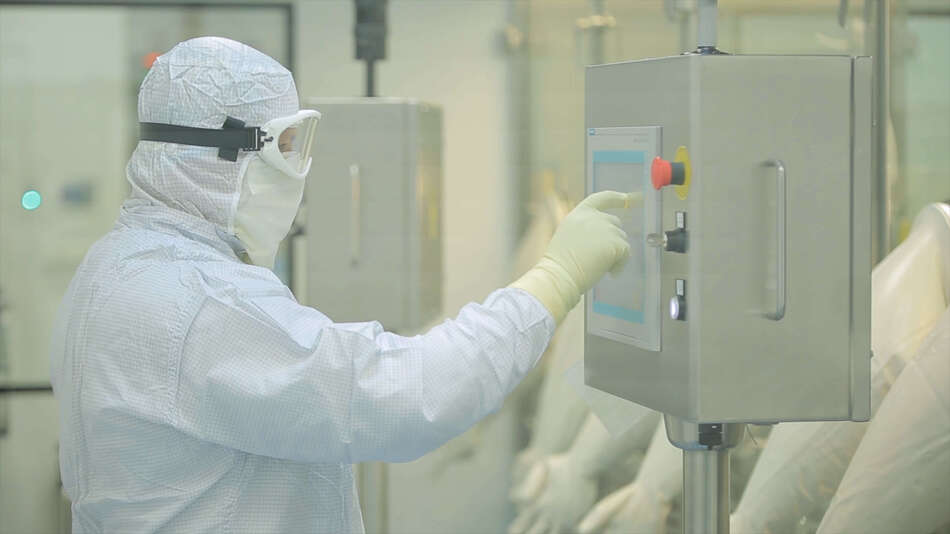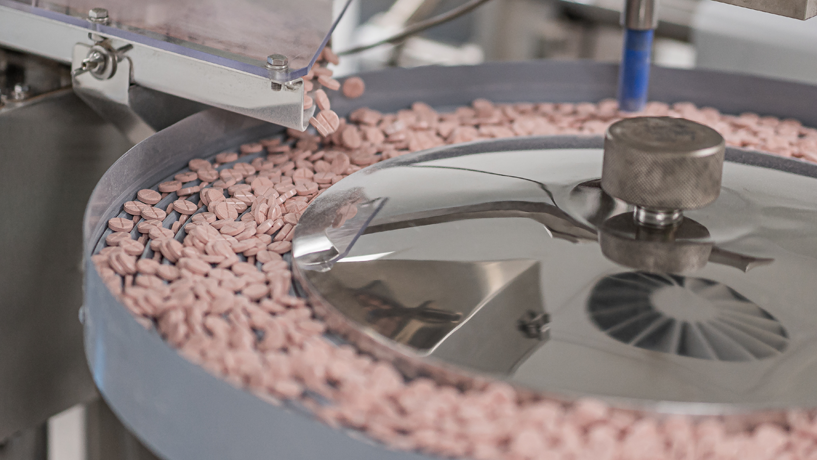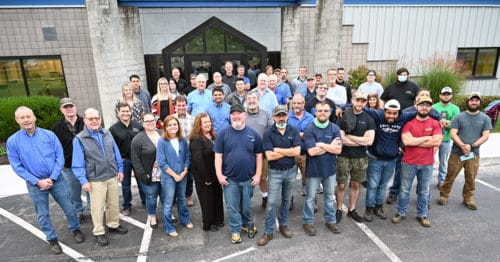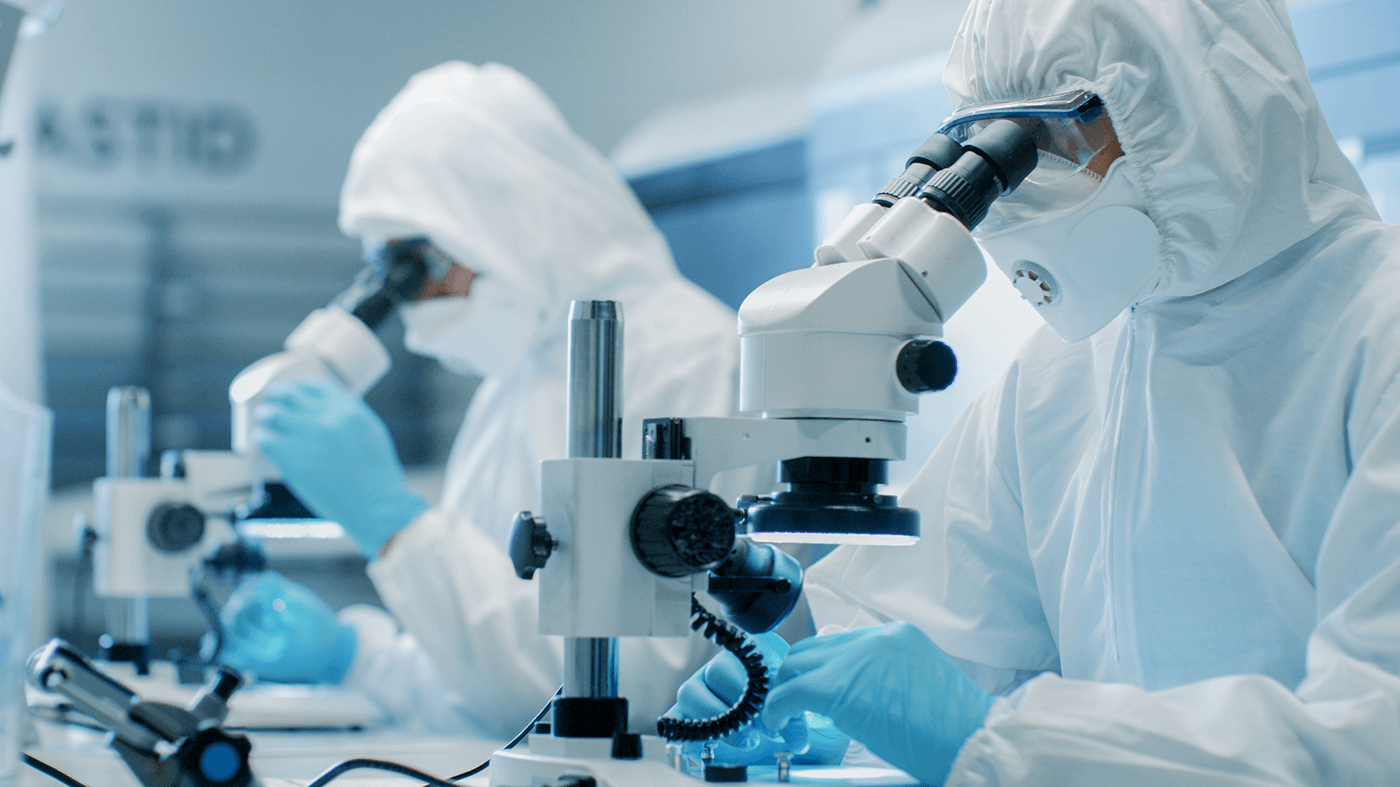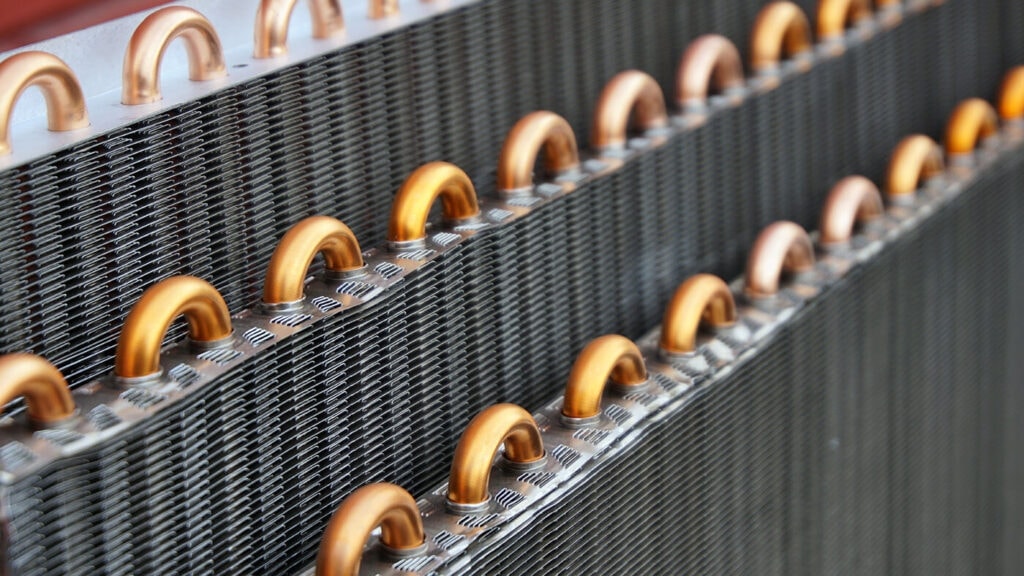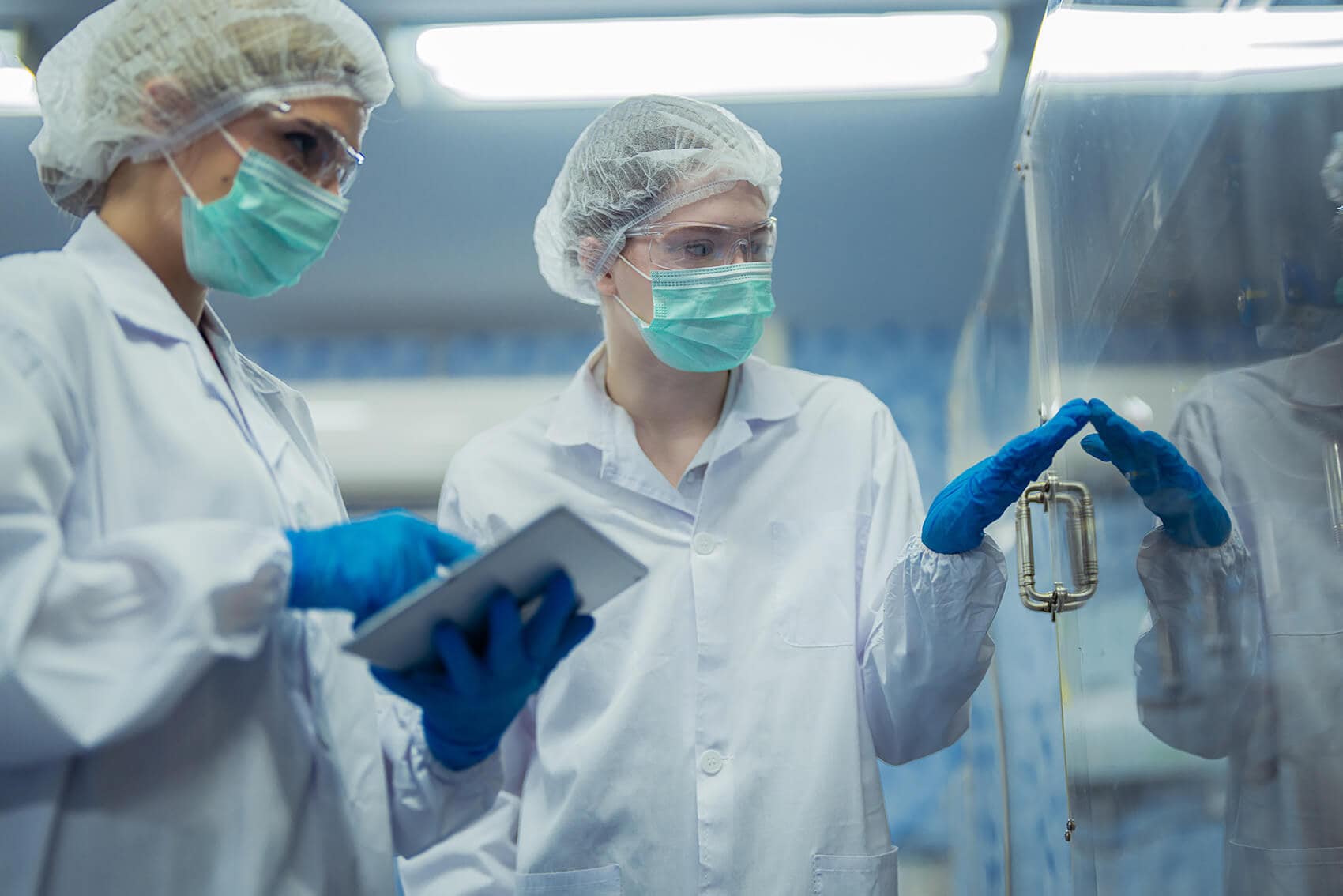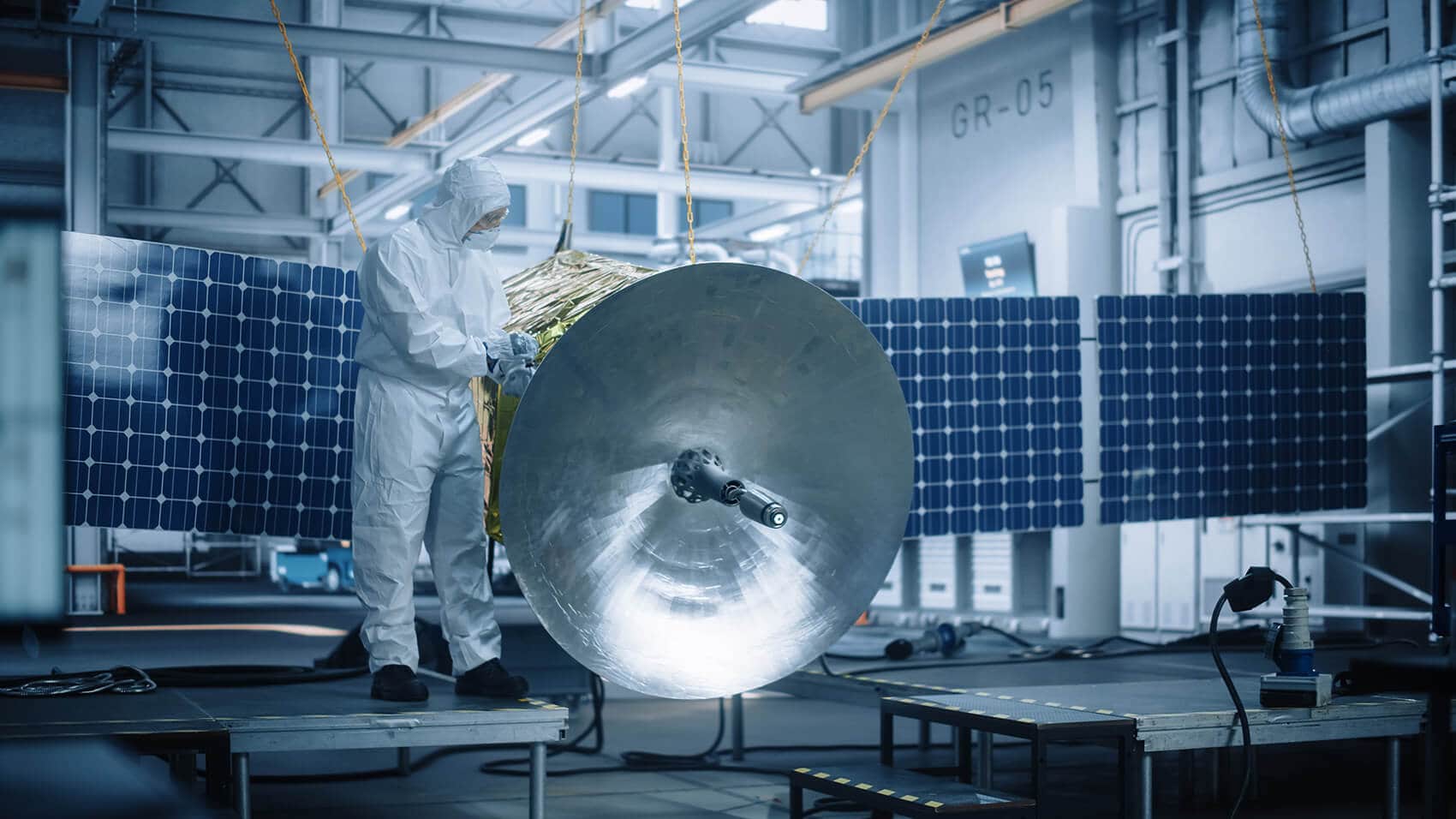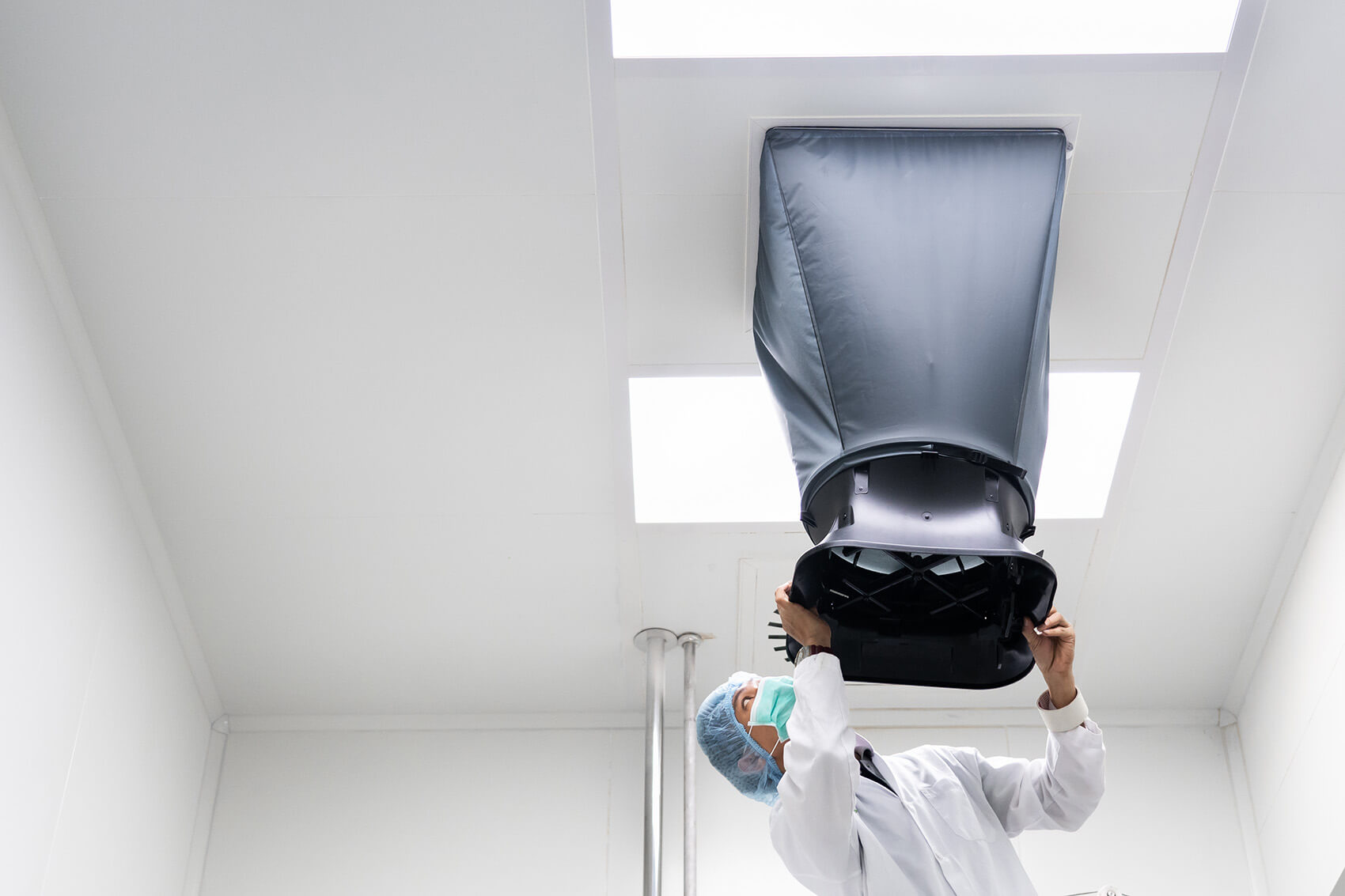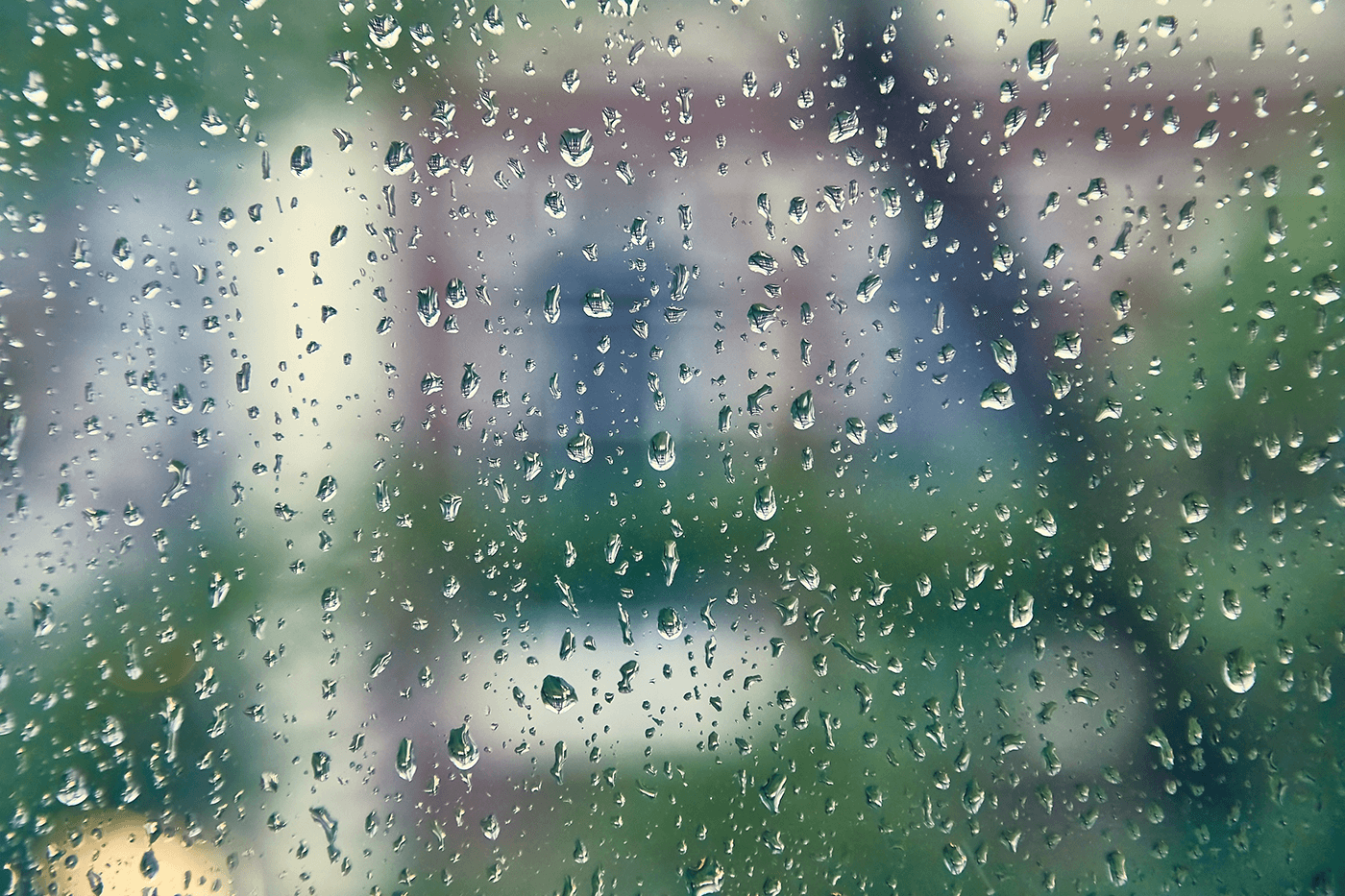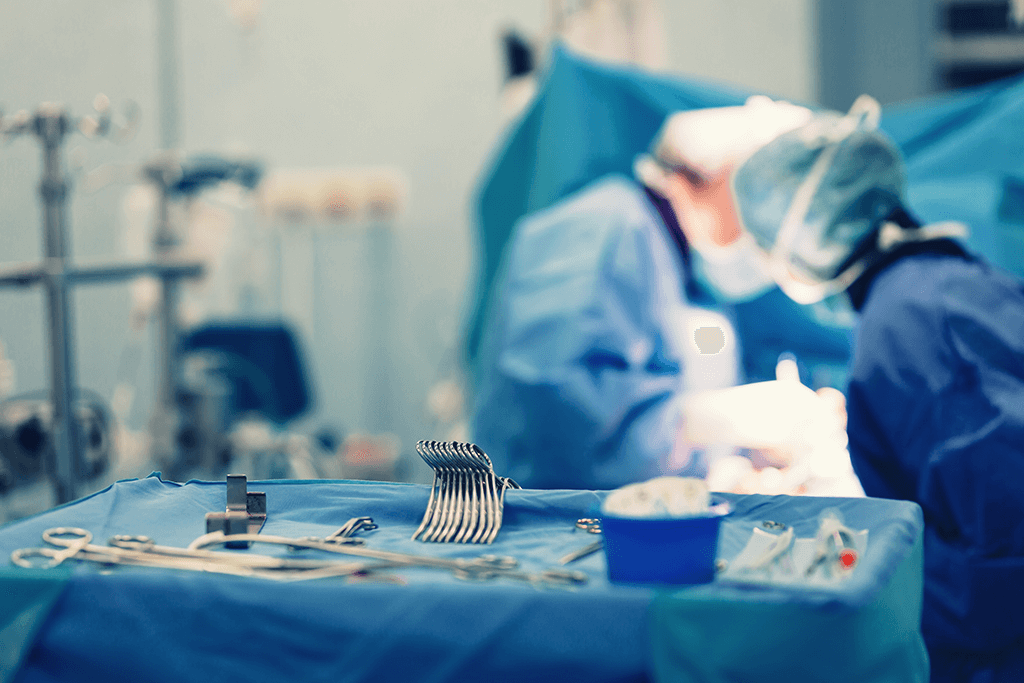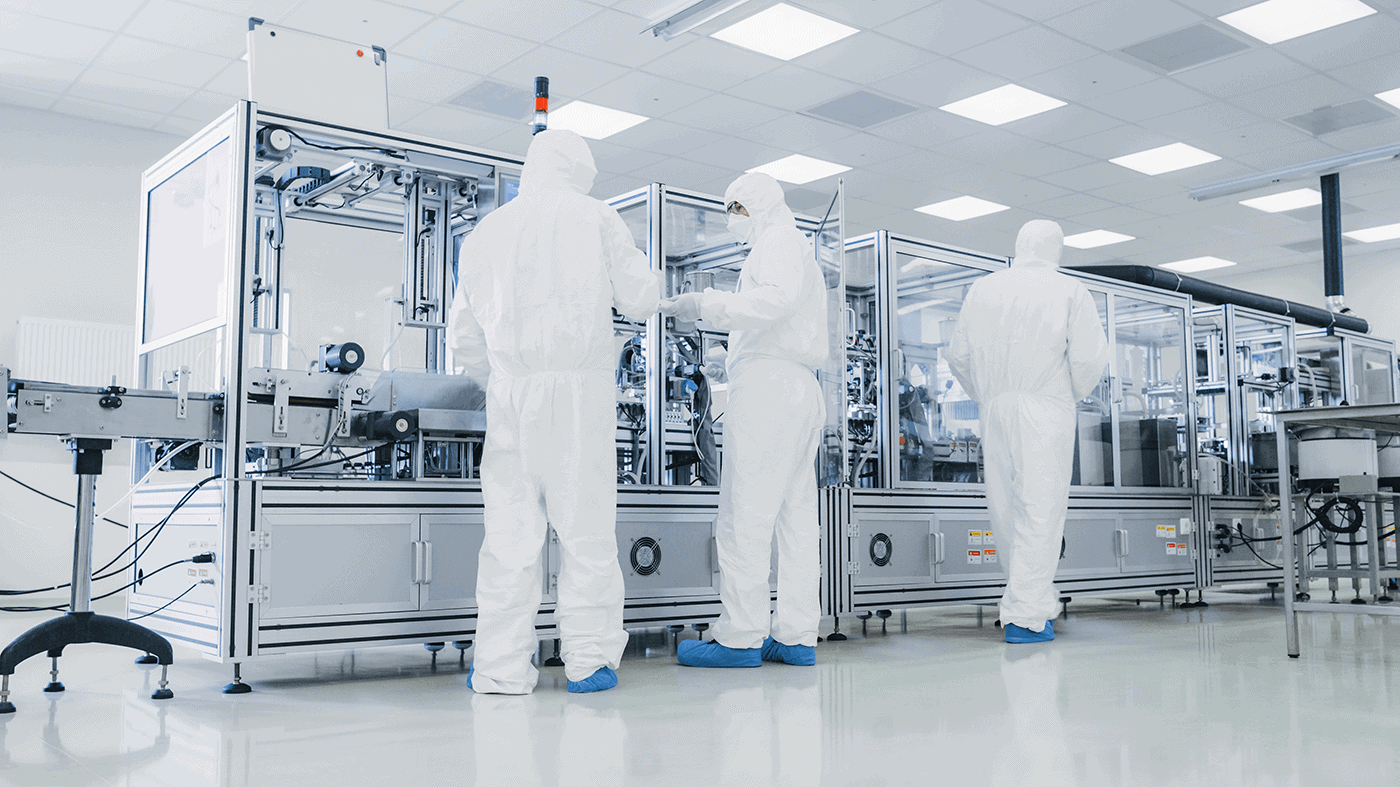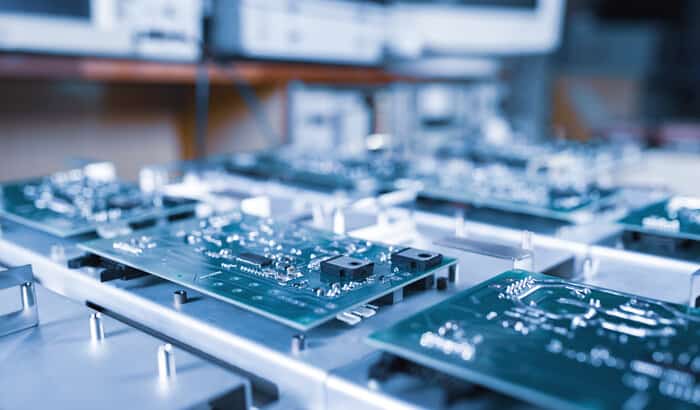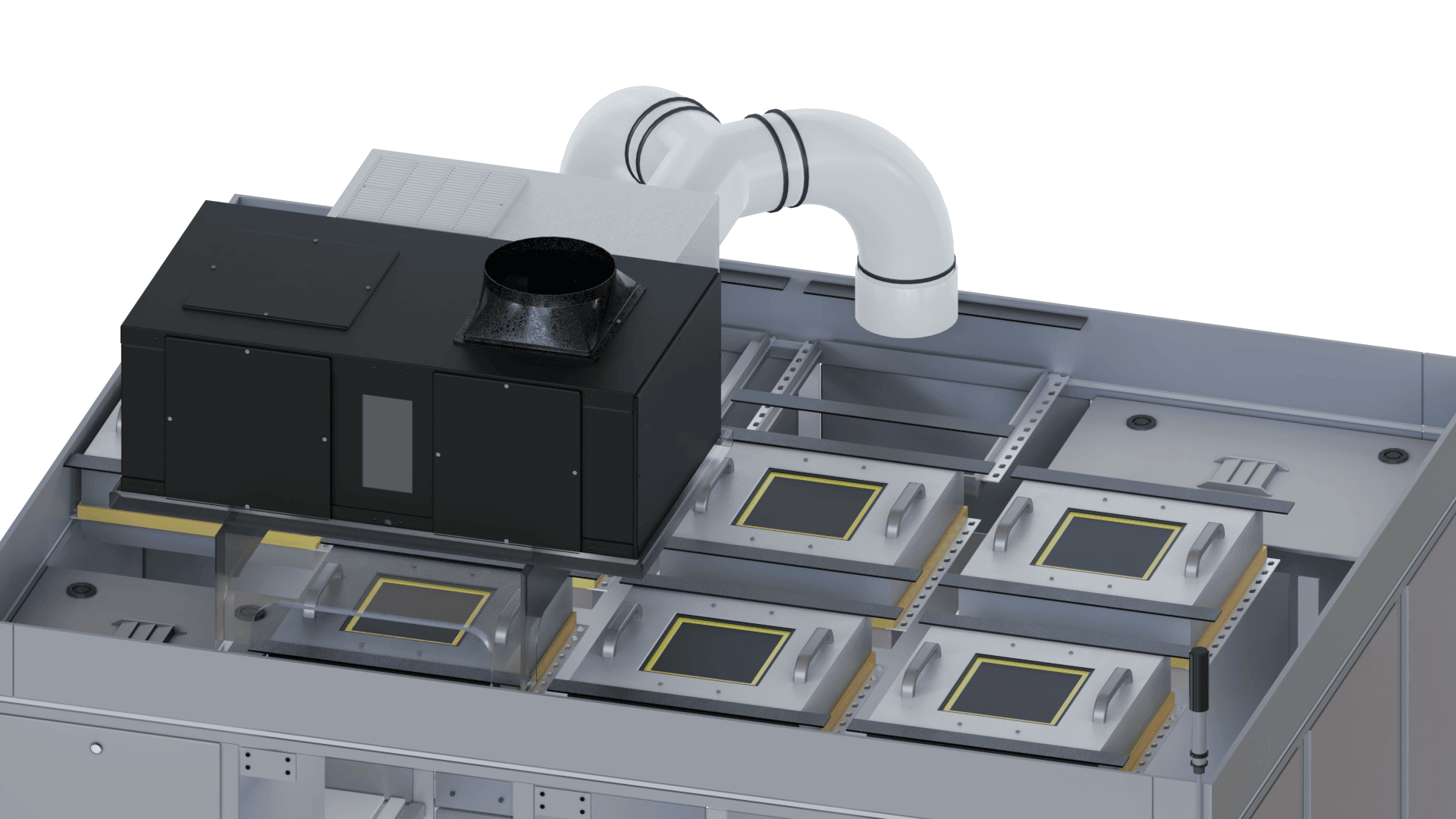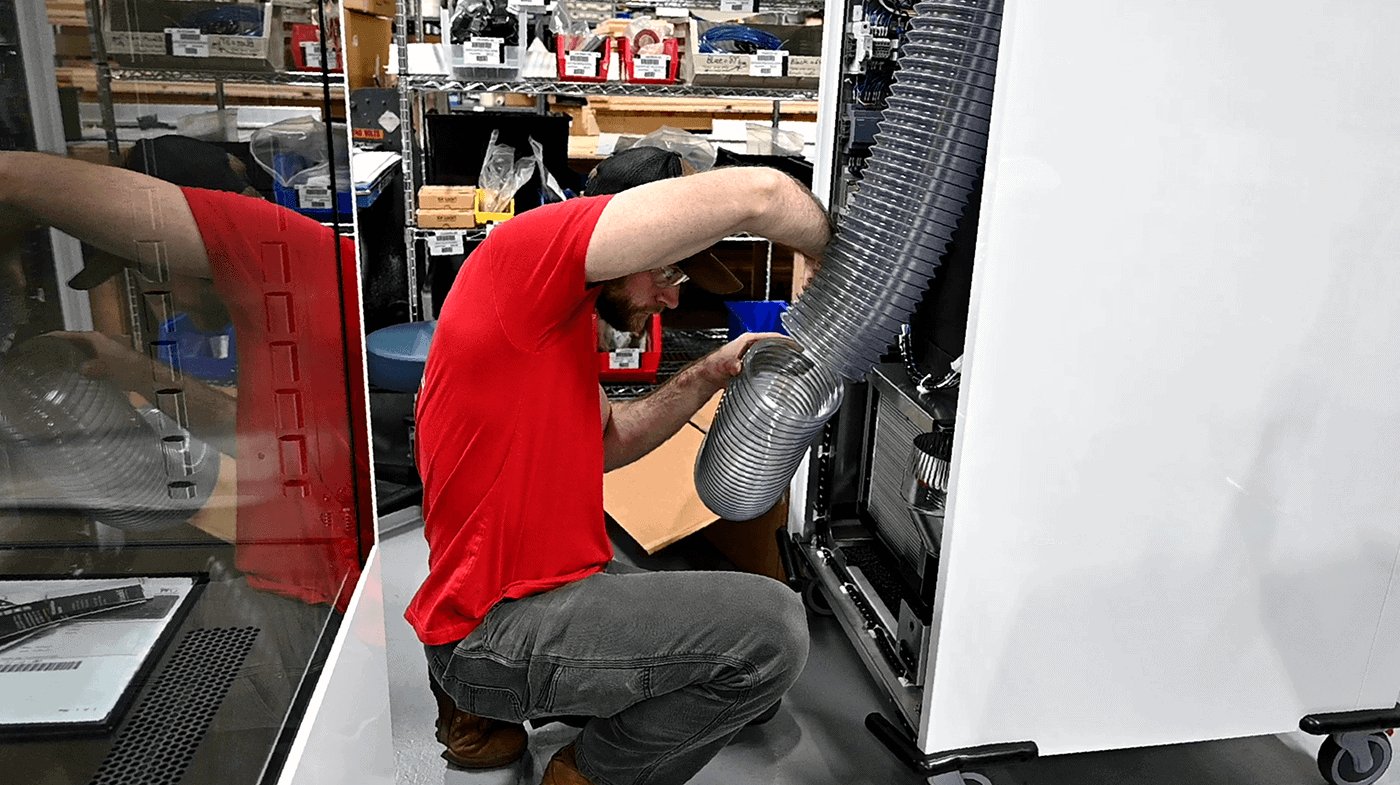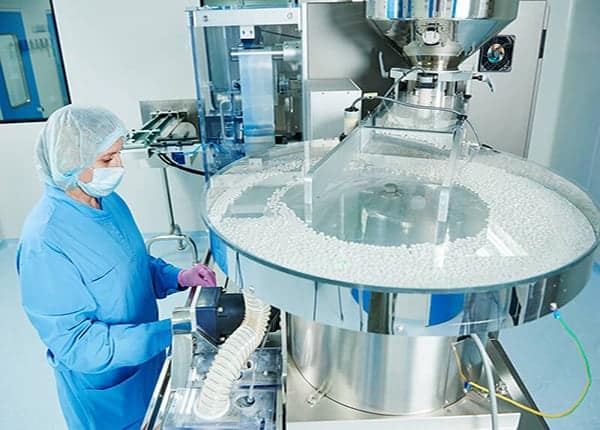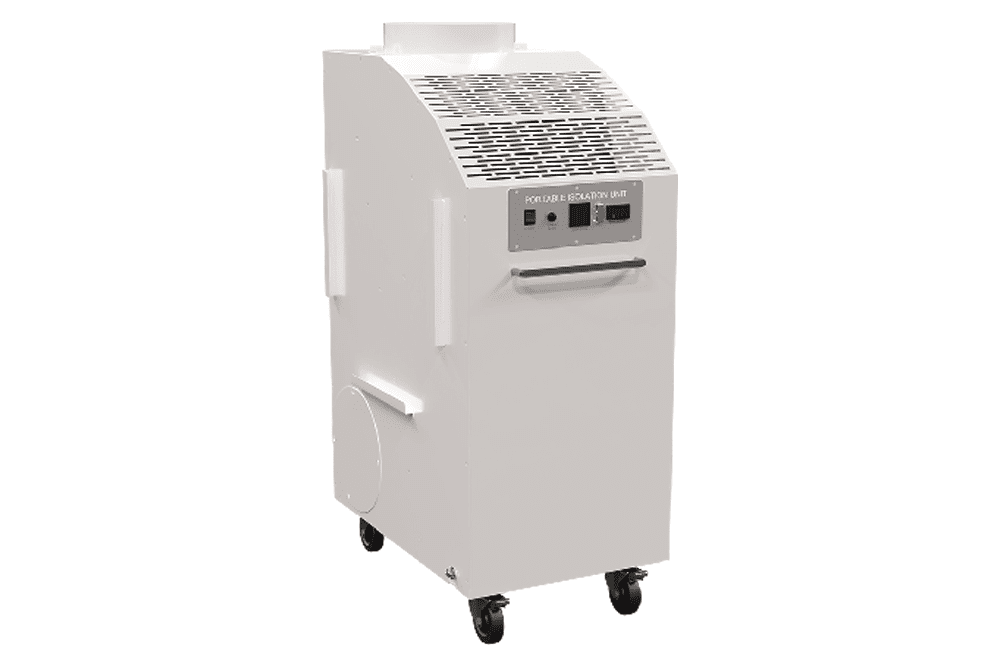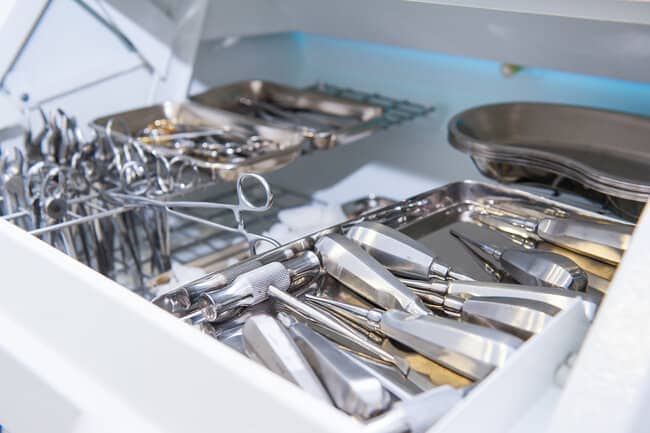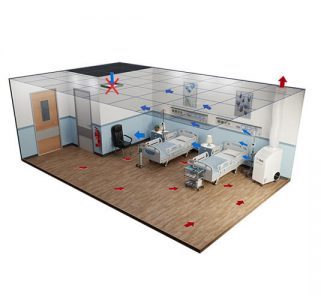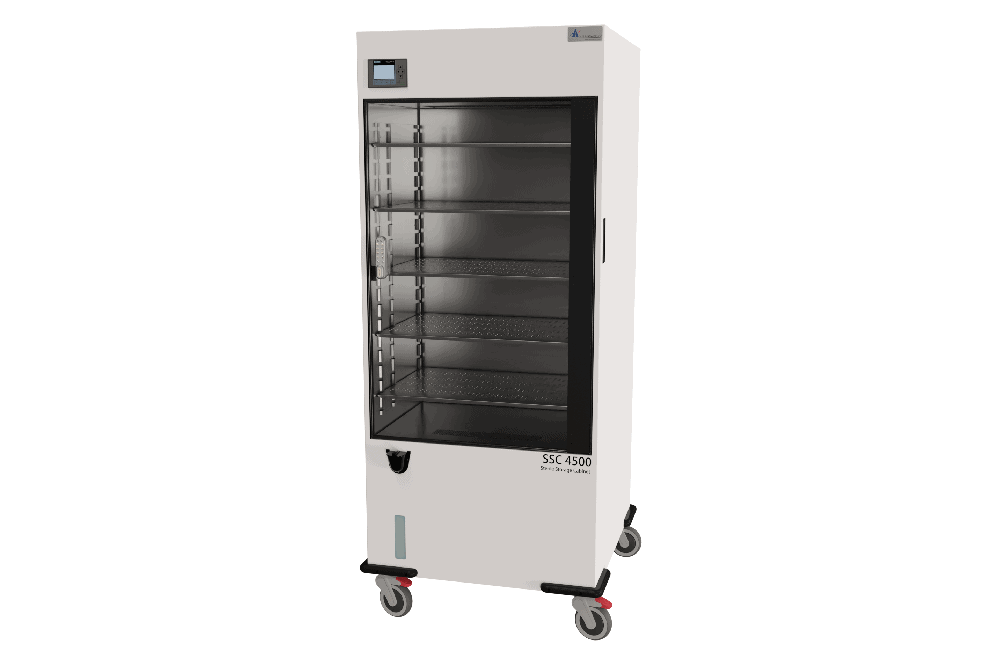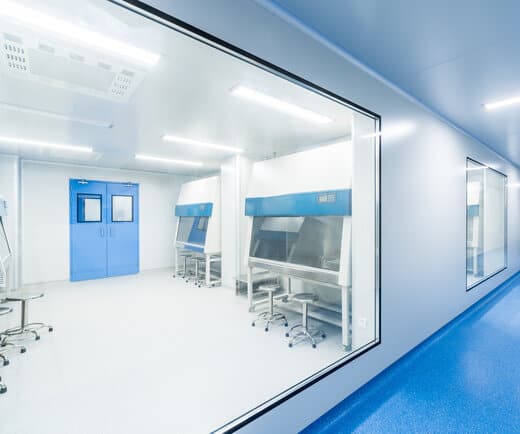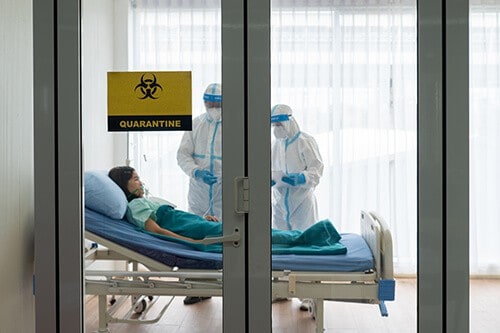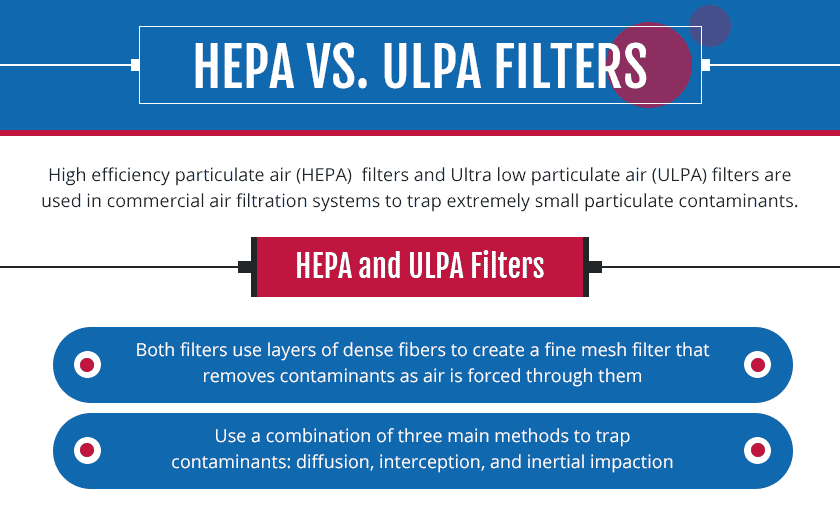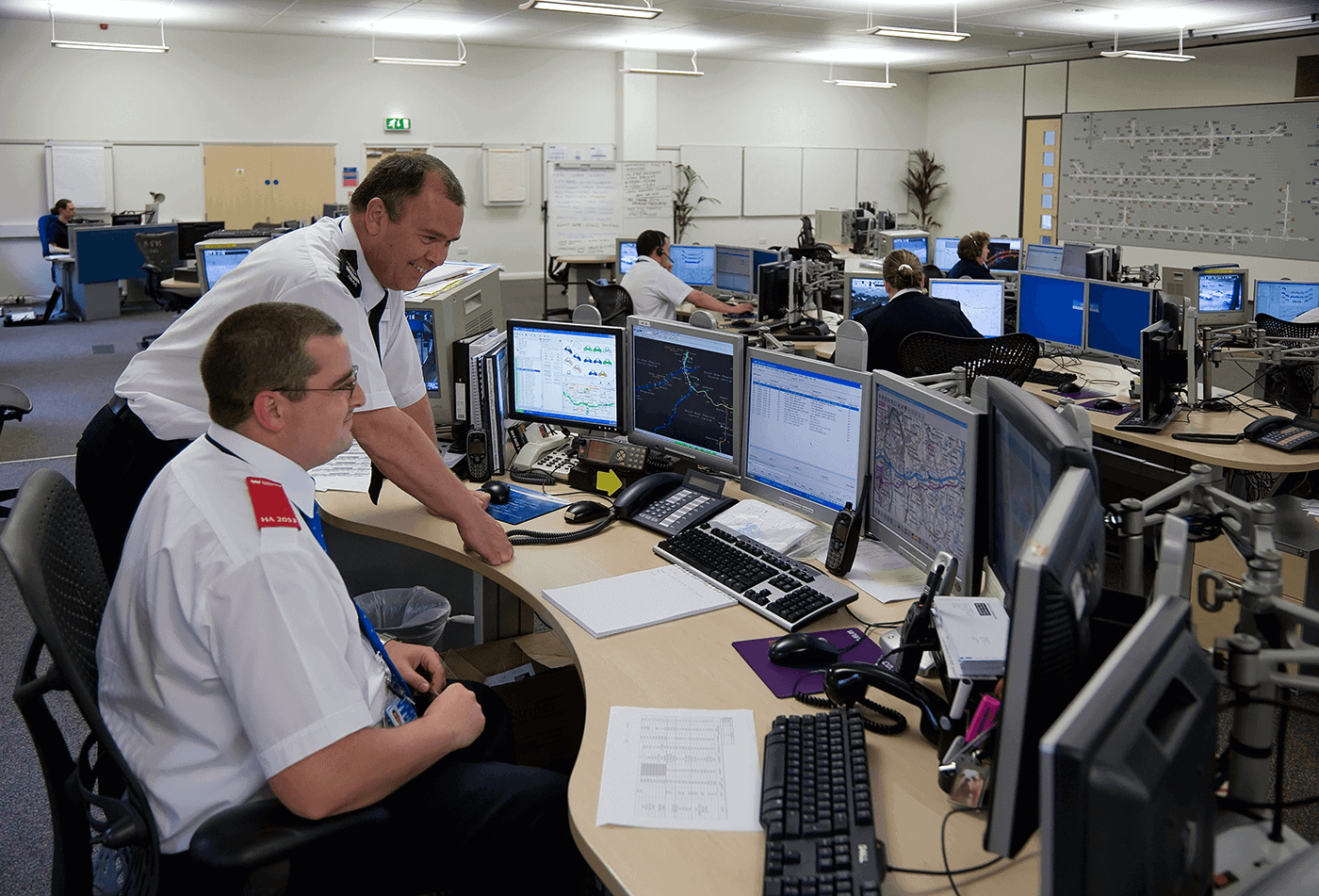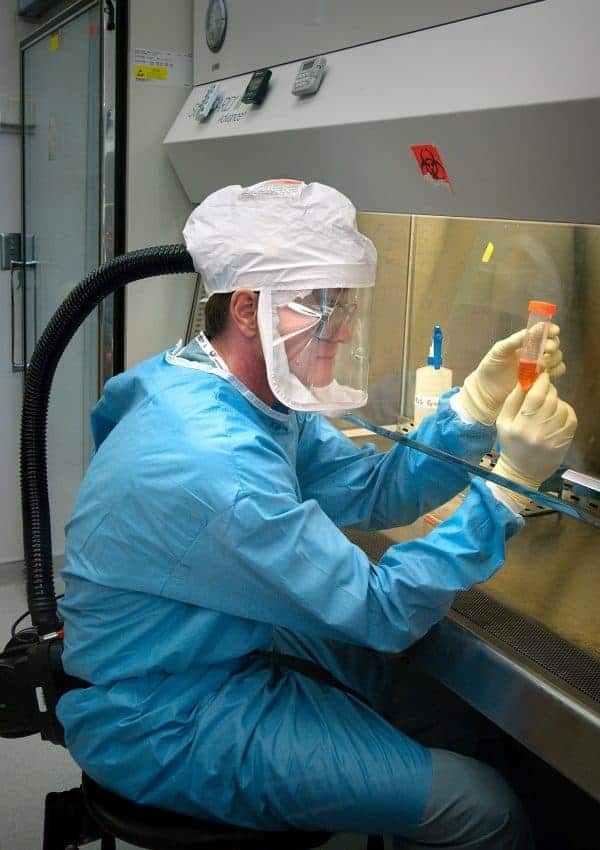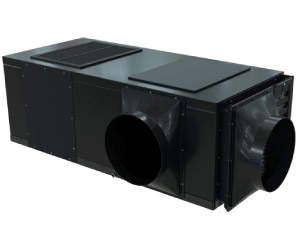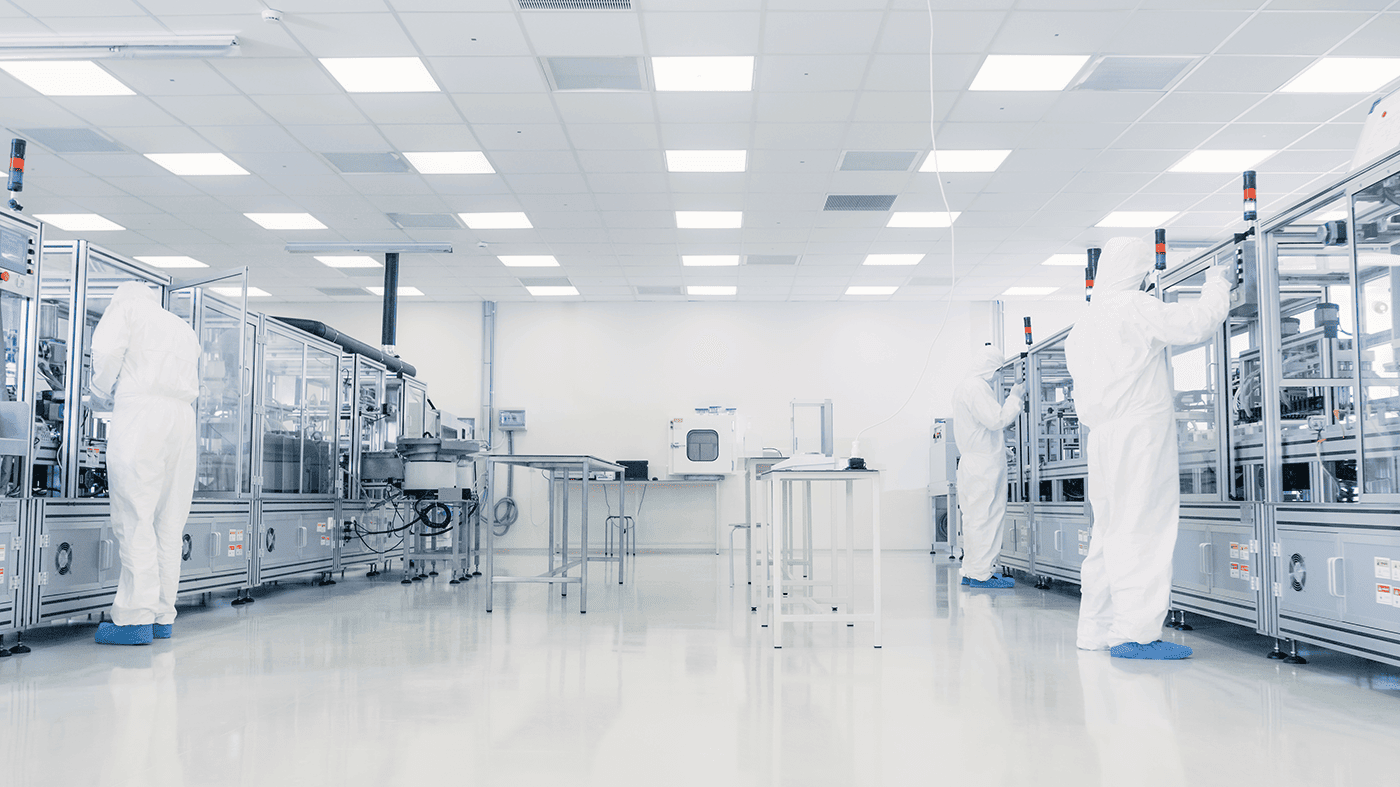Interested in learning more about environmental control? Air Innovations has developed its knowledge base to cover everything from HVAC basics to developing environmental control systems for demanding industries like semiconductor, healthcare, and aerospace.
To learn more about how our team of dedicated engineers can help you solve your environmental control challenges, contact us today.
-
Why Psychrometric Testing Matters for Your HVAC System 06/05/2025Learn More
Why Psychrometric Testing Matters for Your HVAC System
Psychrometric testing is a process used to reproduce the various properties of air seen in different environments and observe whether the equipment successfully modifies those conditions to the desired output. Understanding how these variables interact in specific settings is a key part of designing and improving heating and cooling processes. This is vital in industrial […]
Learn MoreTrace Moisture Environments in Semiconductor Processes 08/28/2024Learn MoreTrace Moisture Environments in Semiconductor Processes
Semiconductor foundries or “fabs” are expensive to build and can take several weeks or months to produce finished chips for use in devices. Due to the costly materials, specialized equipment, and cleanroom environments required, most fabs operate with very small profit margins. This means a primary goal is maximizing yields with as little as possible. […]
Learn MoreTemperature Stability in Industrial Applications 08/21/2024Learn MoreTemperature Stability in Industrial Applications
Temperature control is key to any industrial process. Maintaining stable temperatures promotes consistency and quality in products. This is particularly critical in the electronics, pharmaceuticals, and semiconductor industries. In this article, we’ll explore the significance of temperature stability in different applications and how Air Innovations’ environmental control systems work to maintain optimal temperatures. The Importance […]
Learn MoreClimate Control Systems for Industrial Applications 08/14/2024Learn MoreClimate Control Systems for Industrial Applications
Industrial climate control systems are essential to manufacturing environments. They regulate the production environment to ensure high-quality processes and products. These systems also ensure manufacturers are compliant with any government or industry regulations. This article will explore the benefits and importance of industrial climate control systems in more depth, helping you select the appropriate environmental […]
Learn MoreUnique HVAC Design for Small Industrial Spaces 08/05/2024Learn MoreUnique HVAC Design for Small Industrial Spaces
Most industrial processes demand precise to broad range environmental control, but space constraints can pose considerable challenges for conventional HVAC systems. For instance, not only will a traditional bulky HVAC system not meet the temperature and humidity demands of industrial processes, but its bulky design makes it impossible to incorporate into compact laboratories, mobile testing […]
Learn MoreSkid Steer Loader Air Conditioning 101: A Quick Guide 07/22/2024Learn MoreSkid Steer Loader Air Conditioning 101: A Quick Guide
Picture operating a skid steer, tractor, or other equipment in the middle of an open area with no shade and no air conditioning — surprisingly, this is very common in both agriculture and industrial environments. In the spring and summer, open-air equipment operators face high temperatures and hours of sun exposure. Extremely hot weather conditions […]
Learn MoreUnderstanding HVAC Humidity Control for Industry 03/28/2024Learn MoreUnderstanding HVAC Humidity Control for Industry
Industrial heating, ventilation, and air conditioning systems (HVACs) keep residential, commercial, and workplace environments comfortable and healthy. However, in many industrial settings, the ability to control things like humidity, temperature, filtration, and pressure is also critical to equipment performance and product quality. This often calls for specialized HVAC solutions. Here, we’ll look at the importance […]
Learn MoreCompany Culture at Air Innovations 02/09/2024Learn MoreCompany Culture at Air Innovations
Air Innovations specializes in the design and manufacturing of custom environmental process control solutions for a diverse range of industries. Our temperature, humidity, pressurization, and filtration systems extend from sterile storage cabinets and cleanroom HVAC units to wine cellar cooling and personal desk environment systems. However, we’re proud of more than just our company’s technological […]
Learn MoreClean Room Air Conditioning (Cleanroom Systems) 01/15/2024Learn MoreClean Room Air Conditioning (Cleanroom Systems)
Air Innovations features an entire division dedicated to the design and manufacture of unitary and custom HVAC systems for cleanrooms and critical environments. In fact, our products are the only fully integrated modular environmental systems specifically created for the cleanroom industry. And – as with all Air Innovations environmental control systems – our clean room […]
Learn MoreHVAC 101: Heat Exchangers in Air Conditioners 11/22/2023Learn MoreHVAC 101: Heat Exchangers in Air Conditioners
Heat exchangers are an effective means of absorbing heat and then transferring it from a location where it isn’t wanted. They can use several mediums to facilitate thermal transfer, most commonly air and water, but also water glycol mixtures, or steam. The material, number, and shape of the heat exchanger’s tubes can also affect heat […]
Learn MoreHow to Regulate Your Cleanroom Space 08/08/2023Learn MoreHow to Regulate Your Cleanroom Space
Product manufacturing, research and development, and other applications in fields ranging from aerospace and semiconductors to pharmaceuticals require a sterile environment for safe operations. As such, cleanrooms are very important in these industries, helping maintain product integrity and limiting the presence of airborne contaminants. Standard HVAC equipment is insufficient for managing cleanroom air conditions because […]
Learn MoreCleanroom vs. Controlled Environment 07/31/2023Learn MoreCleanroom vs. Controlled Environment
Deciding between a clean room vs. a controlled environment requires a thorough understanding of your application and facility requirements. Some operations even use both, reserving a cleanroom for certain quality controls and more sensitive tasks. Read on to learn what controlled and cleanroom environments are, and what types of applications each is best suited for. […]
Learn MoreHow Sterile Storage Cabinets Protect Your Medical Supplies Through Multiple Levels of Functionality 07/10/2023Learn MoreHow Sterile Storage Cabinets Protect Your Medical Supplies Through Multiple Levels of Functionality
Maintaining sterile storage conditions is necessary to protect medical instruments, drugs, surgical implants, and other equipment from contaminants. AORN guidelines on sterilization are straightforward: temperatures should not exceed 72℉ (22℃) to 78℉ (26℃), relative humidity should not exceed 60%, and airflow should be positive pressure with at least four total air changes per hour. Hospital […]
Learn MoreCleanroom HVAC – What to Know Before You Buy 06/27/2023Learn MoreCleanroom HVAC – What to Know Before You Buy
Standard HVAC systems control humidity, temperature, and air pressure. They can also provide filtration and control the speed and direction of airflow into and out of a space. Cleanroom HVAC systems, however, have higher air exchange rates and are equipped with high-efficiency particulate (HEPA) filters to maintain a sterile environment. This allows them to meet […]
Learn MoreECUs For The Biotech Industry 05/29/2023Learn MoreECUs For The Biotech Industry
Environmental control units (ECUs) regulate environmental conditions in closed spaces. In the biotechnology industry, ECUs are a vital component of cleanrooms to control and monitor environmental variables to ensure they meet the parameters specified for the cleanroom environment. Some of these parameters may include flow rate, pressure, humidity, contaminants, and temperature. We will explore the […]
Learn MoreDew Point vs Relative Humidity 05/22/2023Learn MoreDew Point vs Relative Humidity
As a trusted provider of custom environmental control units, Air Innovations develops precise solutions for controlling dew point and humidity. While both of these factors relate to the amount of water in the air, they describe different weather-related phenomena and affect industrial processes in different ways. This article will discuss the differences between dew point […]
Learn MoreStoring Sterile Medical Supplies: It’s About Controlling the Environment 03/27/2023Learn MoreStoring Sterile Medical Supplies: It’s About Controlling the Environment
It is incumbent on hospitals and other medical facilities to maintain sterility wherever needed to keep patients and staff safe. This goes for operating and exam rooms. Healthcare institutions must also safely store surgical scrubs, head covers, sterile surgical implants, equipment, and medication. The goal is to protect these items from contaminants like dust, viruses, […]
Learn MoreCleanroom Temperature & Humidity Control 01/06/2023Learn MoreCleanroom Temperature & Humidity Control
Cleanrooms are engineered spaces with relatively low levels of environmental pollutants, including dust, bacterial microbes, aerosol particles, vapors, and other contaminants. Cleanrooms are specifically used for equipment or process research, development, and manufacturing in the electronic, pharmaceuticals, aerospace, automotive, information technology industries, and more. The demand for cleanrooms has increased as multiple industries emphasize quality […]
Learn MoreThe Impact of Humidity in Electronics Manufacturing 09/09/2022Learn MoreThe Impact of Humidity in Electronics Manufacturing
Electronics manufacturing involves the handling and assembly of several delicate, moisture-sensitive components. Maintaining optimal humidity levels during the manufacturing process is key for protecting these components from electrostatic discharge, de-soldering, and other occurrences that can decrease the quality of the final product. This article highlights the importance of effective humidity control for avoiding product damage […]
Learn MoreCustom vs. Off-the-Shelf HVAC Environmental Control Units 09/07/2022Learn MoreCustom vs. Off-the-Shelf HVAC Environmental Control Units
Standardized HVAC units are a reasonable air handling solution for facilities with typical comfort cooling needs and few special concerns. A custom HVAC system or environmental control unit (ECU) can cool specialty spaces and processes within a facility, integrating with a standard ECU. Here, we will explain why custom ECU/HVAC systems are better suited for […]
Learn MoreSemiconductor Clean Room Design Requirements 101 07/18/2022Learn MoreSemiconductor Clean Room Design Requirements 101
Semiconductors are in almost every electronic device, from everyday items like smartphones and coffee makers to complex automobiles, defense equipment, and spaceships. Manufacturers make semiconductors in special semiconductor cleanrooms because the wafers are extremely sensitive to environmental contaminants. Here we explore semiconductor cleanrooms in more detail, including all their design requirements. Semiconductor Cleanroom Design: Meet […]
Learn MoreDispatch Desk Design Tips for Personal Comfort and ProductivityLearn MoreDispatch Desk Design Tips for Personal Comfort and Productivity
Dispatch centers are tasked with receiving communications and initiating appropriate responses. Different agencies and sectors, such as manufacturing, transportation, and law enforcement, use dispatch centers to coordinate and manage operations. Police departments, for instance, use 911 dispatch consoles to respond to calls and establish the proper response needed for each situation. Since dispatchers spend long […]
Learn MoreAir Innovations Custom-Engineered Environmental Control Systems 06/10/2022Learn MoreAir Innovations Custom-Engineered Environmental Control Systems
Produced by: GlobalSpec The precise control of air temperature, humidity, particulate levels, pressure and flow rate is critical for the manufacturing and operation of many applications in the semiconductor, aerospace, defense, biomedical and pharmaceutical industries. These are enabled by environmental control systems, which come in various forms and sizes, ranging from relatively small rack-mounted electronic […]
Learn MoreUSP 797 Environmental Monitoring 101 | HVAC Requirements 04/04/2022Learn MoreUSP 797 Environmental Monitoring 101 | HVAC Requirements
USP 797 is a standard for sterility that pharmaceutical compounding and preparation facilities must demonstrate. USP 797 is set by the United States Pharmacopeia and National Formulary (USP-NF) and ensures patient safety by protecting pharmaceuticals from contamination during preparation. Following USP 797 reduces infection, contamination, and improper dosage to maintain superior quality products in facilities […]
Learn MorePersonal Climate Control for Your Work Desk | Heating & Cooling 01/24/2022Learn MorePersonal Climate Control for Your Work Desk | Heating & Cooling
Indoor climate control is a wonder of modern engineering, but it can be extremely expensive and wasteful. Nearly 13% of the United State’s energy consumption comes from heating and cooling buildings. Instead of controlling the climate of entire buildings, a better solution may be to control the climate of individual spaces in buildings. Installing a […]
Learn MorePortable IsolationAir Contamination Control Units Bring Flexibility to Hospitals 12/08/2021Learn MorePortable IsolationAir Contamination Control Units Bring Flexibility to Hospitals
COVID-19 has put healthcare facilities under extraordinary pressure to accomplish more with less. Nurses and doctors had to care for waves of sick patients with limited resources. Medical personnel simply didn’t have the equipment or facilities needed to keep up with patient demand, and they struggled to contain the virus with makeshift solutions. The most […]
Learn MoreMedical Sterile Storage Cabinet | Surgical Instrument Storage 09/13/2021Learn MoreMedical Sterile Storage Cabinet | Surgical Instrument Storage
Medical sterile storage cabinets provide a location for storing sterile instruments and supplies. Proper storage of sterile supplies helps maintain their cleanliness and avoid the need to repeat autoclaving or other sterilization processes. Medical sterile storage cabinets can also reliably transport medical instruments and supplies without contamination. At Air Innovations, our medical sterile storage cabinets […]
Learn MoreNegative and Positive Pressure Room Requirements 101 07/22/2021Learn MoreNegative and Positive Pressure Room Requirements 101
Negative or positive pressure rooms are often necessary to prevent contamination and maintain a climate-controlled environment in various applications. While these rooms are somewhat similar, there are certain differences between their designs and requirements. Here we’ll give an overview of both of these types of environments, including their intended applications and design requirements. Negative Pressure […]
Learn MoreSterile Storage Cabinets Provide Deployable Cleanroom Environments 06/22/2021Learn MoreSterile Storage Cabinets Provide Deployable Cleanroom Environments
This article was co-produced by GlobalSpec and Air Innovations Cleanrooms are needed in several industries and laboratories for a variety of reasons. For example, medical or pharmaceutical products must be devoid of harmful pathogens that may increase the risk of infections for patients; semiconductor circuits can be made inoperable by submicron-size contaminate particles introduced during […]
Learn MoreHow to Create Negative Pressure in a Hospital Room? 06/07/2021Learn MoreHow to Create Negative Pressure in a Hospital Room?
Negative pressure rooms control airborne pathogens by exhausting contaminated air from the building while preventing the air from leaking into other parts of the facility. These rooms are a necessity to maintain the safety of guests, patients, and hospital staff. At Air Innovations, Inc., our expertise in negative pressure HVAC systems will ensure that your […]
Learn MoreA Guide to Building Hospital Isolation Rooms 03/05/2021Learn MoreA Guide to Building Hospital Isolation Rooms
At Air Innovations, we’ve designed, manufactured, and tested custom environmental control solutions for OEMs and non-OEMs for over 30 years. This extensive experience provides us with the knowledge and skills needed to deliver appropriate systems for a wide range of industries. One of the key markets we serve is the healthcare industry. Healthcare professionals know […]
Learn MoreULPA vs. HEPA Filters | Air Filter Selection Guide 11/13/2020Learn MoreULPA vs. HEPA Filters | Air Filter Selection Guide
All heating and cooling air duct systems naturally collect dust and contaminants. Clean rooms, such as those used in the electronics, pharmaceutical, and medical industries, require a controlled environment free of dust, airborne particles, and other contaminants. Ultra low particulate air (ULPA) filters and high efficiency particulate air (HEPA) filters are used in commercial air […]
Learn MoreMyZone: Delivering Comfort And Control In Mission Critical Scenarios 08/17/2020Learn MoreMyZone: Delivering Comfort And Control In Mission Critical Scenarios
There are a handful of professions serving mission-critical functions wherein personal comfort plays a vital role in productivity. From command centers to 911 call centers, having control over heating and air conditioning, as well as desk-lift functions, can make a difference when it matters most. In addition to providing control over environmental factors, Air Innovations […]
Learn MoreCleanroom: A Quick Guide to Classifications, Design, and Standards 08/20/2019Learn MoreCleanroom: A Quick Guide to Classifications, Design, and Standards
Cleanrooms are integral to countless operations around the world. Scientists, manufacturers, and a bevy of other industry professionals rely on these rooms to mitigate the risk of contamination in products or processes. It’s important to understand the different cleanroom classifications and guidelines behind how these rooms are constructed and utilized to determine which is the […]
Learn MoreHVAC – A Complete Guide on Specialized HVAC Systems 08/16/2019Learn MoreHVAC – A Complete Guide on Specialized HVAC Systems
HVAC systems are essential components in the functionality and appeal of all modern buildings. Well-designed and efficient HVAC systems go well beyond ensuring comfortable temperatures and fresh air for facilities. They also play a key role in the production and testing processes of a broad spectrum of industries. HVAC systems play a crucial role in […]
Learn MoreNegative and Positive Pressure Rooms 101 | Hospital Infection Control 04/29/2019Learn MoreNegative and Positive Pressure Rooms 101 | Hospital Infection Control
Effective positive and negative pressure rooms are an important part of industrial climate control systems. In medical settings, these rooms prevent the spread of infectious contaminants and maintain sterile or restricted spaces and are also referred to as Protective Environments (positive pressure rooms) and Airborne Infection Isolation Rooms (AIIR) (negative pressure rooms). Negative or positive […]
Learn MoreSpecialized Dew Point and Humidity Control Systems: All You Need to Know 03/20/2019Learn MoreSpecialized Dew Point and Humidity Control Systems: All You Need to Know
Dew point and humidity are important environmental factors in industrial settings. Although both these terms describe the amount of moisture present in an environment, some crucial differences exist between them. Understanding the differences between an environment’s dew point and humidity is essential for selecting an optimal humidification or dehumidification system for your business or facility. […]
Learn MoreMission Critical – Aerospace HVAC 12/06/2016Learn MoreMission Critical – Aerospace HVAC
When it comes to controlling aerospace environments, there are no do-overs. Mention heating and air-conditioning and most people think first of human comfort. But when it comes to controlling environments in aerospace projects, the fine line between success and catastrophe often depends on maintaining far more precise conditions than the broad range tolerated by people. […]
Learn MoreLet's Get in Touch
7000 Performance Dr, North Syracuse, NY 13212 USAFor info on tabletop humidifiers labeled “Air Innovations”
QVC, The Home Depot, and other retailers sell some consumer products, like tabletop humidifiers, labeled “Air Innovations” that are not affiliated with our company, Air Innovations LLC. We sell environmental control equipment for businesses. Please contact the manufacturer’s customer service at 1-844-600-1370 with any questions about your product.
For info on tabletop humidifiers labeled “Air Innovations”
QVC, The Home Depot, and other retailers sell some consumer products, like tabletop humidifiers, labeled “Air Innovations” that are not affiliated with our company, Air Innovations LLC. We sell environmental control equipment for businesses. Please contact the manufacturer’s customer service at 1-844-600-1370 with any questions about your product.


